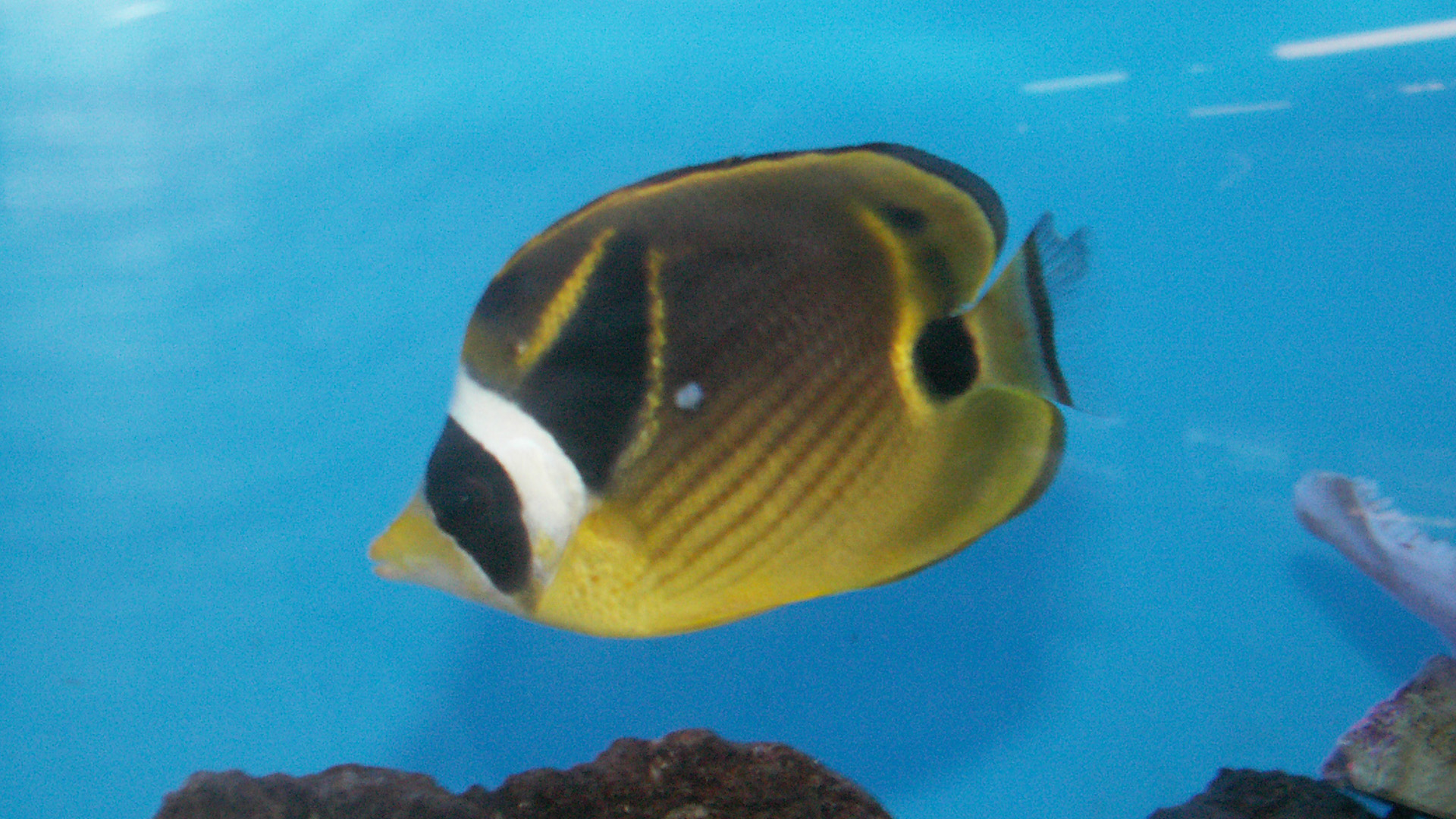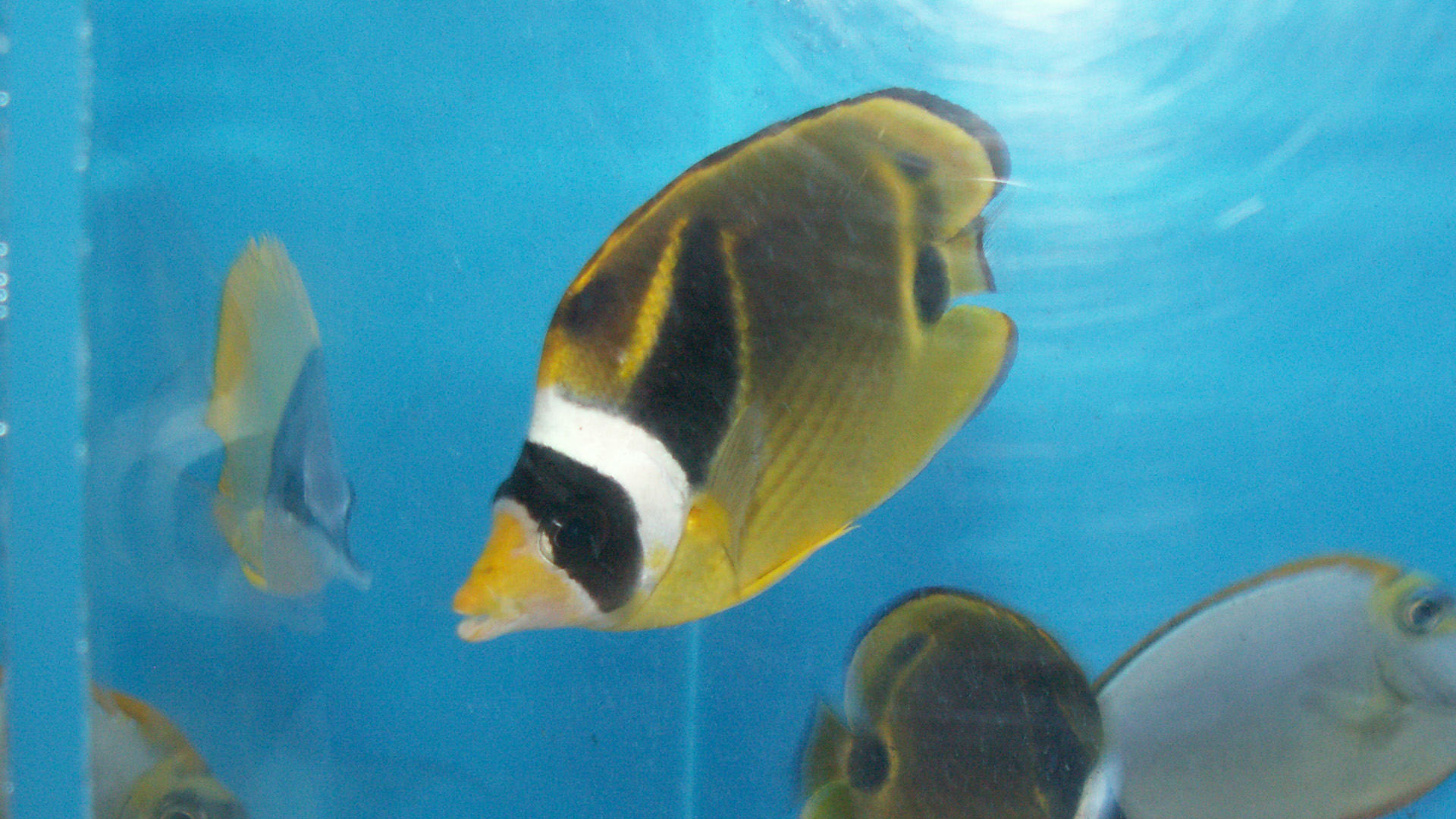Lymphocystis is a common iridovirus disease seen most often in the aquarium hobby on marine angelfish and butterfly fish. The classic sign a fish has the virus is the white cottony-looking patches generally at the edges of the fins but also can appear on the body. The disease sometimes appears in freshwater fish in the aquarium hobby but far less frequently. The disease is rarely fatal, and the white tuffs of enlarged cells will usually disappear in time.
It is believed that the virus is spread by physical contact. There is no treatment for the disease. Once the fish have had the disease, they usually build an immunity to it, and re-infections are rare or not as severe.
Marine angelfish and butterfly fish are the most common fish in the hobby to get this virus. It usually appears in newly imported fish, probably because of their stress in the capture and shipping process. The enlarged cells can be surgically removed and, when done, usually do not come back.


If the Lymphocystis is allowed to remain on the fish, there is a slight chance the fish could get a secondary bacterial infection. Once the Lymphocystis infected cells are removed, normal fin regeneration occurs.
Fish with this disease is challenging for aquarium shops to sell. If you are up for a challenge and have a quarantine tank at home, when you find a fish with Lymphocystis in a store, you can get the store to give you the fish for little or nothing. Most aquarium shops would want to avoid keeping a fish with Lymphocystis around as it can make potential customers leery about buying fish from their store.

While Lymphocystis is generally not fatal, it is unsightly. The commercial value of fish with the disease is almost worthless. The cells will eventually go away on their own, which can take months. Surgically removing the cells can restore market value.
